1. Introduction: Types Of Spoons
2. The Classic Teaspoon
A. Overview: Introduction Every household has a teaspoon, which is traditionally used to stir coffee or tea. Its compact design allows it to be useful for measuring ingredients with accuracy.
B. Usage: Introduction A teaspoon is a common kitchen utensil used for stirring coffee or tea. Its small size makes it useful for measuring ingredients precisely.
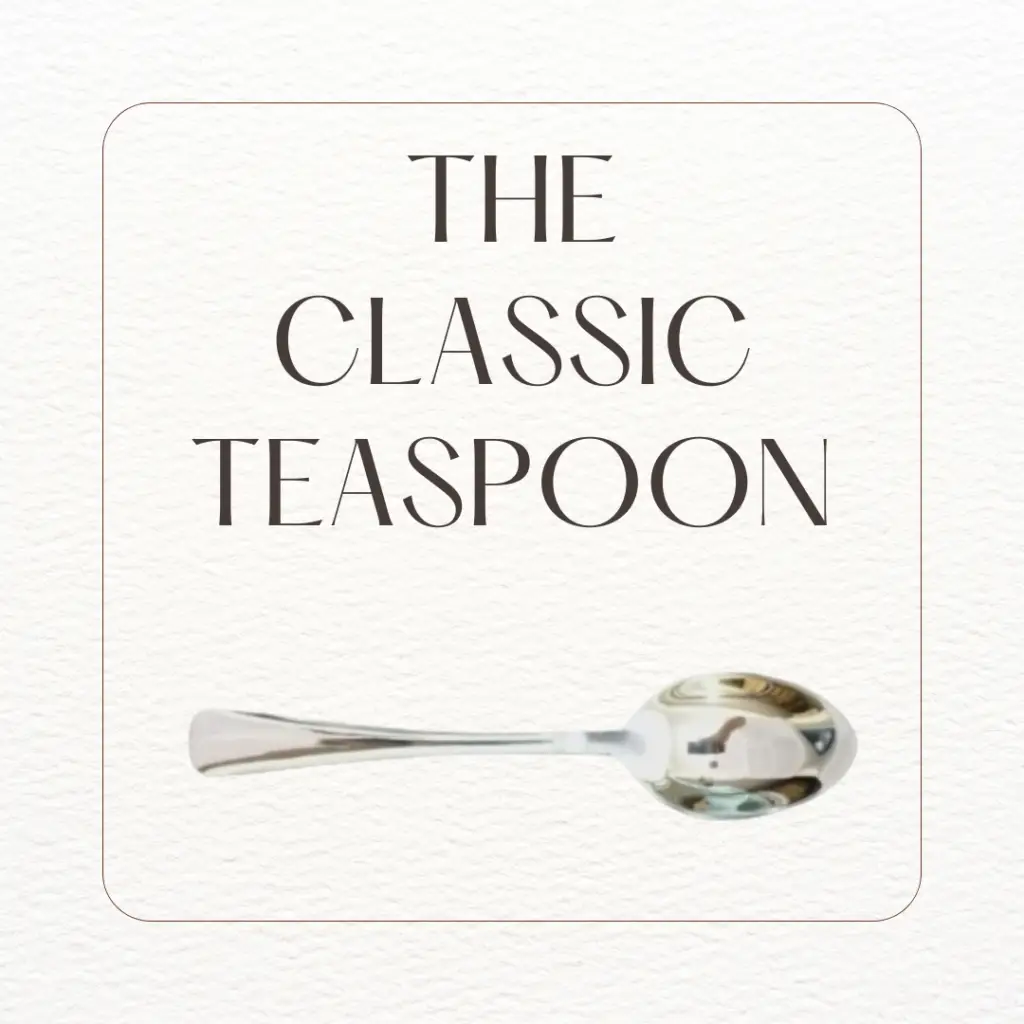
3. Versatile Tablespoons
A. Overview: Tablespoons, a bit bigger than teaspoons, are the heavyweight in any kitchen. They are very efficient in measuring large amounts of both dry and liquid ingredients.
B. Usage Creation in everything from beating beaters to taking soup, tablespoons are an essential tool that every cook needs to complete a wide variety of difficult tasks.
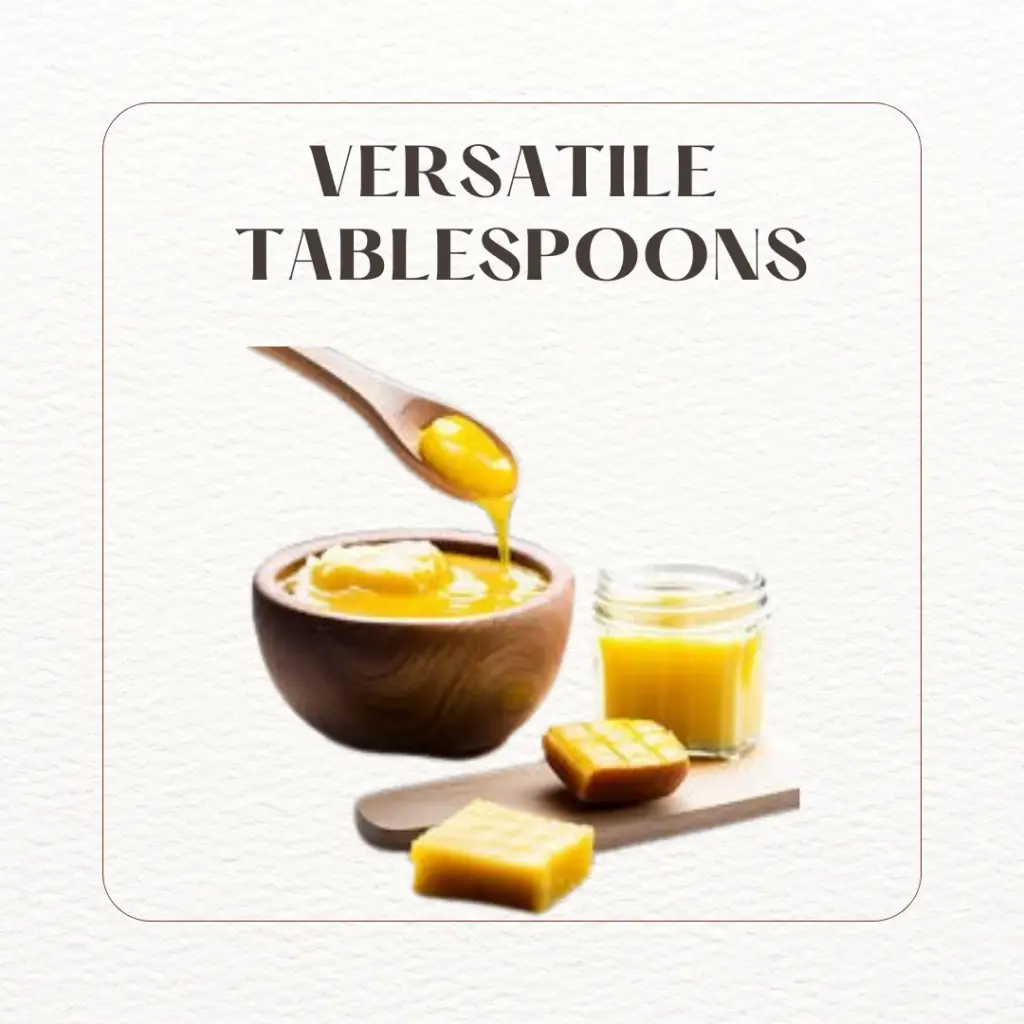
4. Dessert Spoons: Not Just for Sweets
A. Overview Dessert spoons are slightly larger than teaspoons and are primarily used for eating dessert. However, their use does not limit itself to such practice.
B. Usage Perfect for enjoying not only cakes and puddings but also for serving small portions of side dishes.
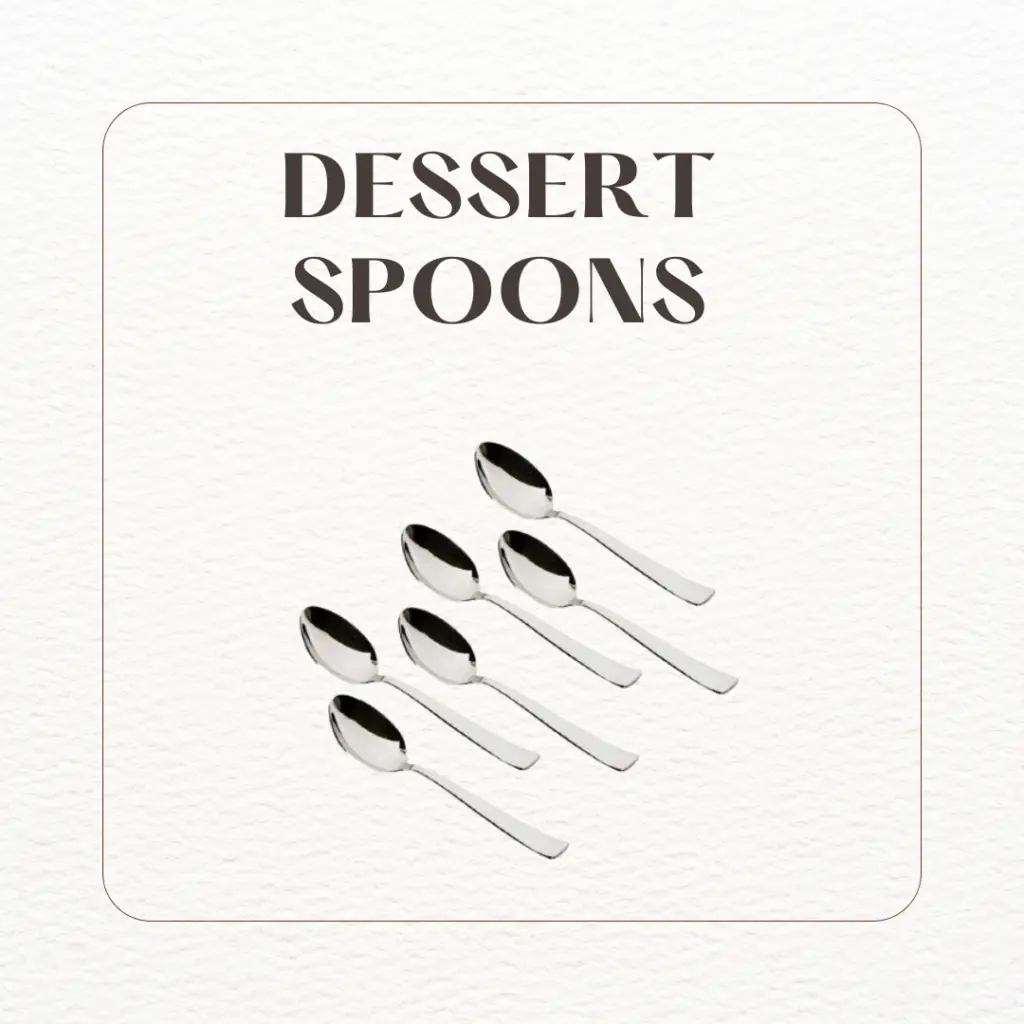
5. Serving Spoons: The Host’s Best Friend
A. Overview They are the preferred tools for serving dishes during communal meals and gatherings – large, often slotted spoons.
B. Usage Serving spoons are must-have utensils for any host or hostess because they are perfect for serving big portions of casseroles, salads, and other communal dishes.
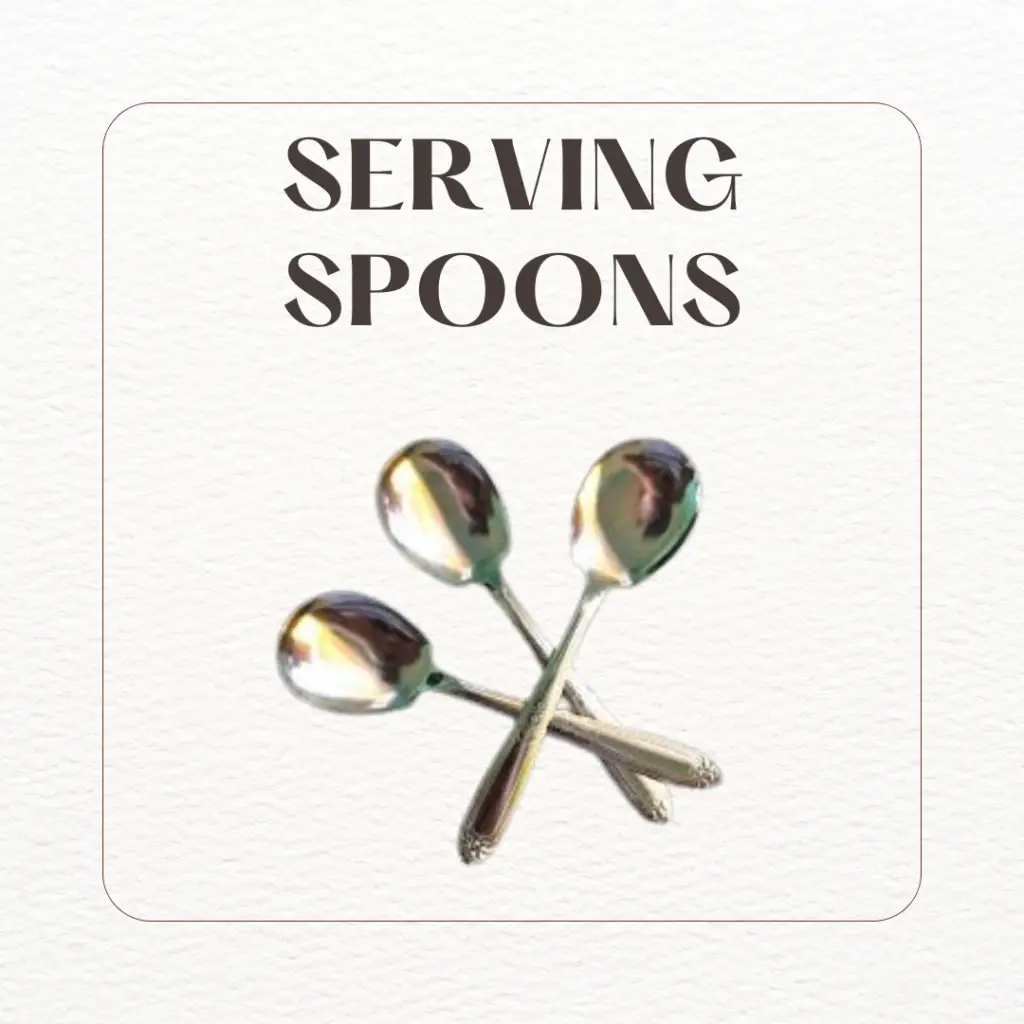
6. Soup Spoons: Savoring Every Drop
A. Overview Distinct in design, soup spoons are crafted with a deeper, rounded shape to ensure you savor every flavorful drop of your favorite soups.
B. Usage Excellent for use to drink broths, stews, and heavy-duty soups without spilling a drop.
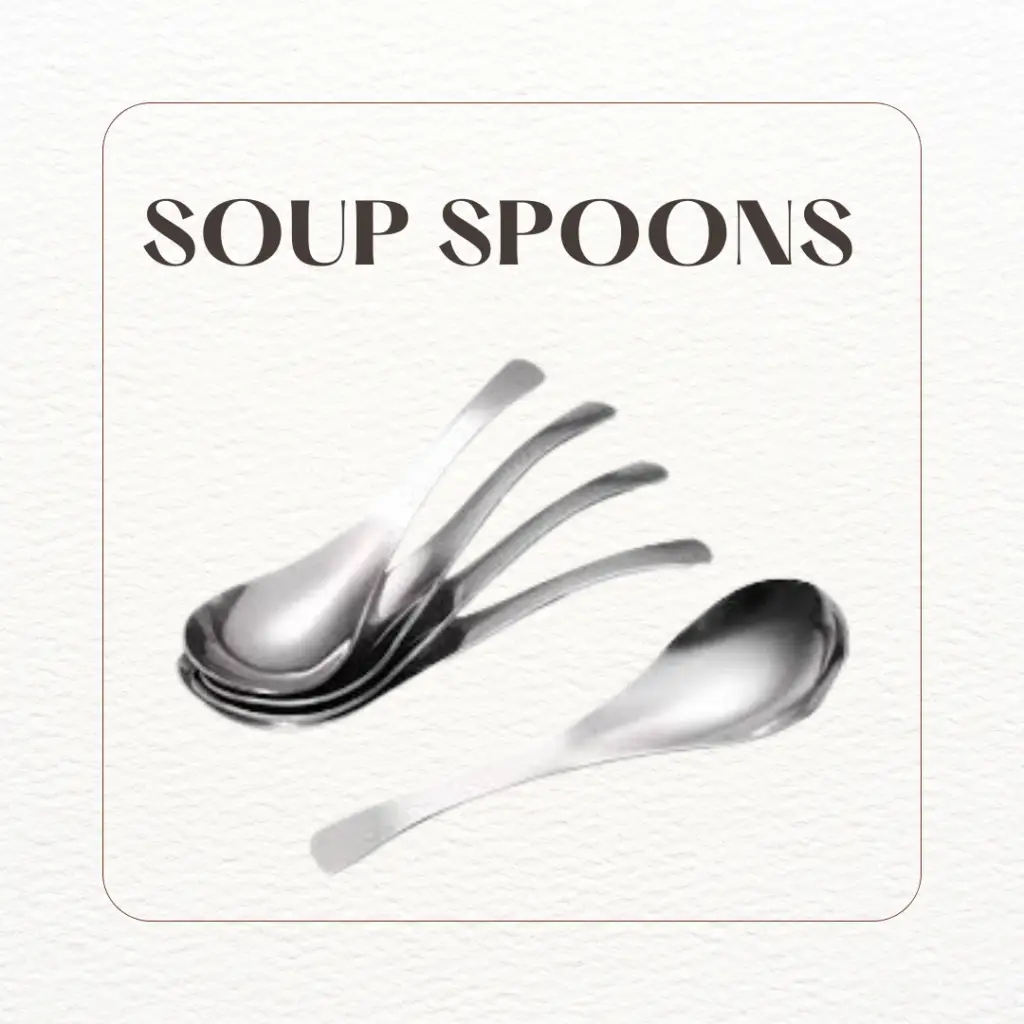
7. Slotted Spoons: Draining with Precision
A. Overview Featuring slots or holes, slotted spoons are designed for draining liquids while retrieving solid foods.
B. Usage Ideal for serving vegetables from a pot or draining excess liquid when serving dishes.
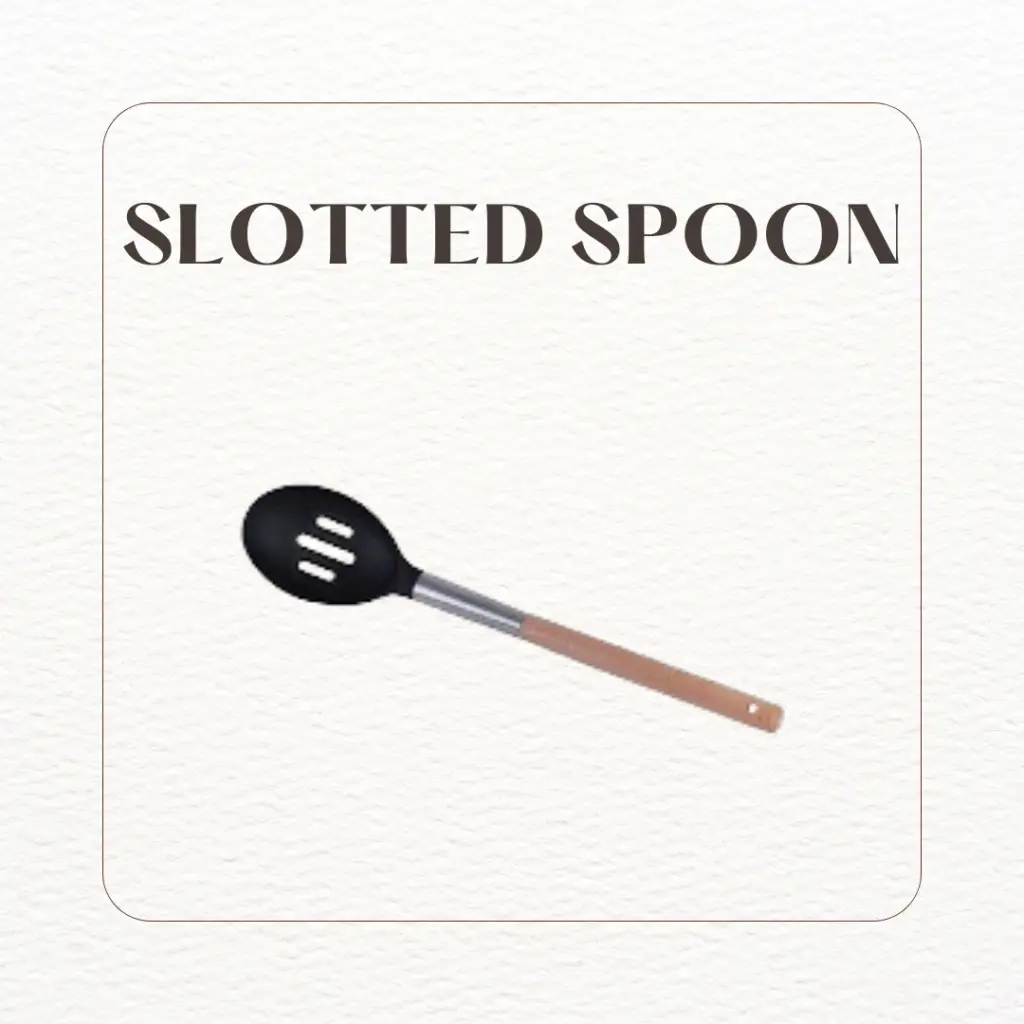
8. Mixing Spoons: Blending Culinary Masterpieces
A. Overview Mixing spoons, often with a longer handle, are designed to stir and combine ingredients in larger bowls.
B. Usage A necessary tool to be used by bakers or chefs; these spoons facilitate blending of the ingredients used in the cakes, and batters, to name a few.

9. Espresso Spoons: Small but Mighty
A. Overview Tiny in size, espresso spoons are crafted for sipping small, concentrated shots of espresso.
B. Usage Perfect for stirring sugar into your espresso or enjoying small, delicate bites of dessert.
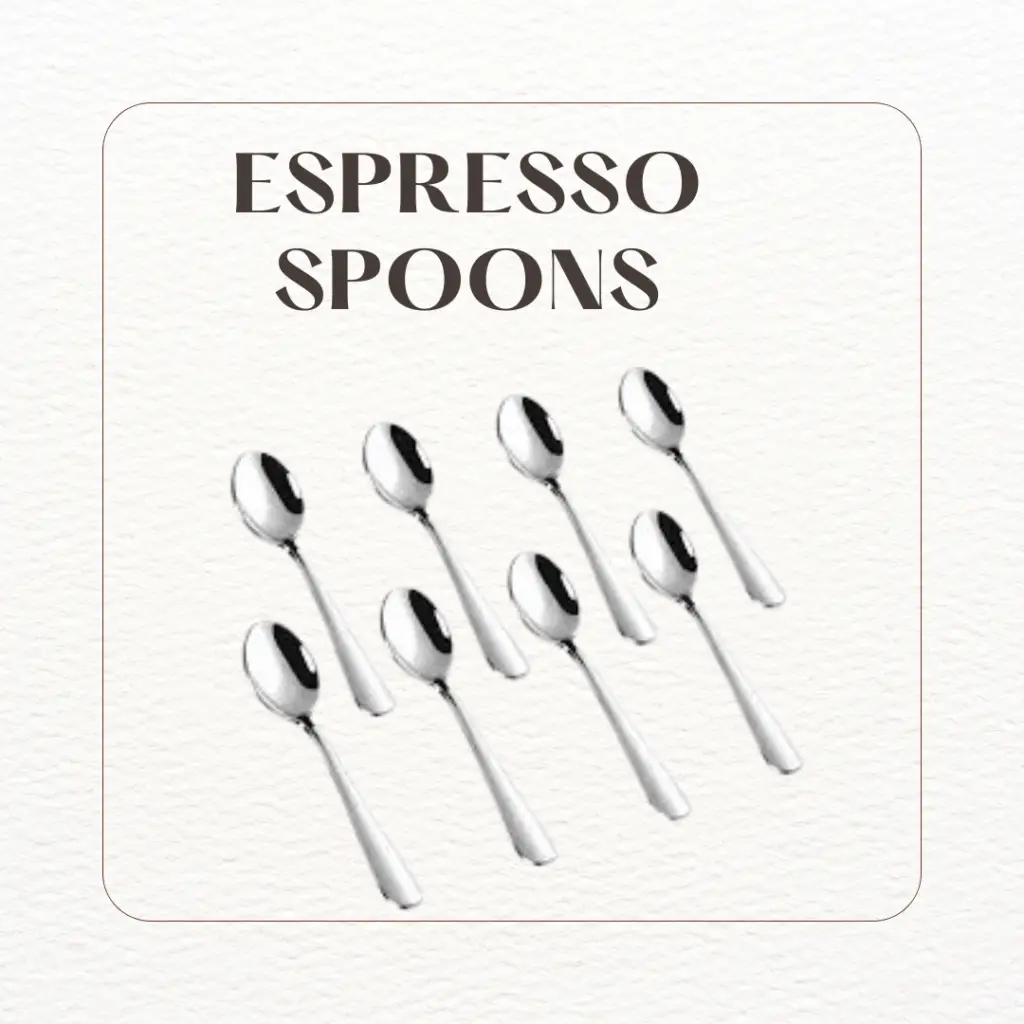
10. Iced Tea Spoons: Long and Refreshing
A. Overview Characterized by their long handles, iced tea spoons are ideal for stirring and enjoying beverages in tall glasses.
B. Usage Having great popularity in the hot seasons, these spoons come in handy with iced tea, and lemonades with the perfect serving for refreshing drinks.
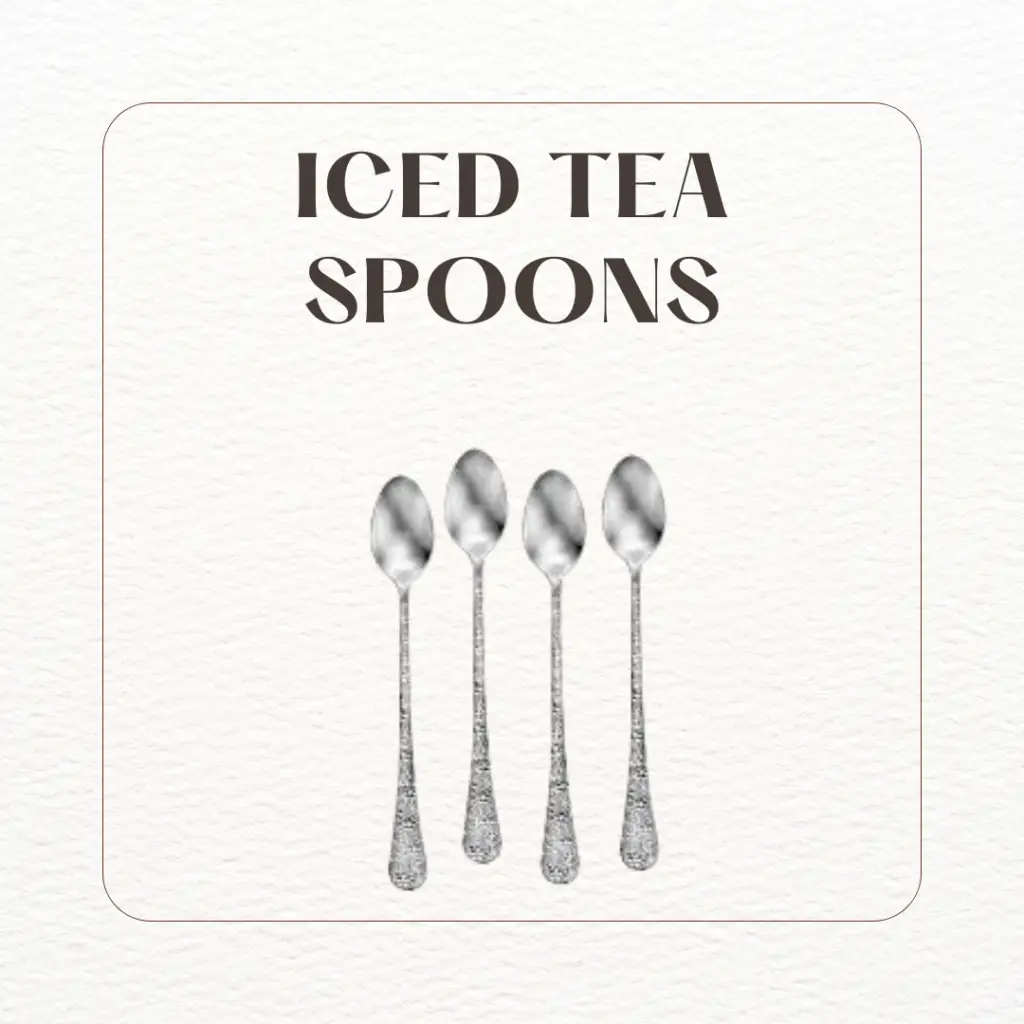
11. Grapefruit Spoons: Navigating Citrus Terrain
A. Overview Featuring a serrated edge, grapefruit spoons are designed for effortlessly scooping out citrusy delights.
B. Usage Ideal for enjoying grapefruits, oranges, or any citrus fruit without the mess.

12. Demitasse Spoons: A Taste of Elegance
A. Overview Small and delicate, demitasse spoons add a touch of elegance to coffee and tea service.
B. Usage Perfect for stirring and sipping small amounts of strong, flavorful coffee or tea.

13. Caviar Spoons: Delicacy in Every Scoop
A. Overview Exquisitely crafted, caviar spoons are designed to ensure the delicate flavor of caviar remains uncompromised.
B. Usage Reserved for the indulgence of caviar, these spoons are crucial for an exquisite culinary experience.

14. Rice Spoons: Perfect Portions Every Time
A. Overview Characterized by their flat and broad design, rice spoons are tailored for serving precise portions of rice.
B. Usage Ideal for ensuring everyone gets an equal and neat serving of rice at the dinner table.

15. Baby Spoons: Introducing Little Ones to Solids
A. Overview Designed with safety in mind, baby spoons have a soft tip to protect infants’ sensitive gums.
B. Usage Perfect for introducing solid foods to infants, baby spoons make mealtime a safe and enjoyable experience.

16. Conclusion
Within the sprawling mosaic of kitchenware, spoons are shining examples of multipurpose and irreplaceable partners of any chef, a gourmand. Originally, the teacup was preferred over the teapot and measured a tablespoon later on which was referred to as “a classic teacup;” A delicate caviar spoon also is equivalent to a teaspoon, and serves an equivalent purpose both enabling functionality and elegance in the culinary world. Therefore, the next time you grab a spoon from your kitchen drawer; admire the subtleties of design and purpose behind these essential tools.
17. FAQs
Q1. Can I use a dessert spoon for savory dishes? Yes, dessert spoons are not limited to sweet treats; they can also be used for serving smaller portions of savory dishes.
Q2. Are caviar spoons necessary for enjoying caviar? Although not a requirement but rather merely an added convenience, the use of caviar spoons is beneficial as they preserve the delicacy of texture and taste of the caviar.
Q3. Can I use a regular spoon for serving soup? While possible, soup spoons are specifically designed with a deeper shape to ensure a more enjoyable soup-sipping experience.
Q4. What distinguishes baby spoons from regular spoons? Baby spoons typically have a soft tip to protect infants’ sensitive gums during the introduction to solid foods.
Q5. Do I need different spoons for iced tea and hot tea? Long-handled iced tea spoons are used for stirring and sipping drinks in tall glasses hence they are used for iced tea or other chilled drinks.
